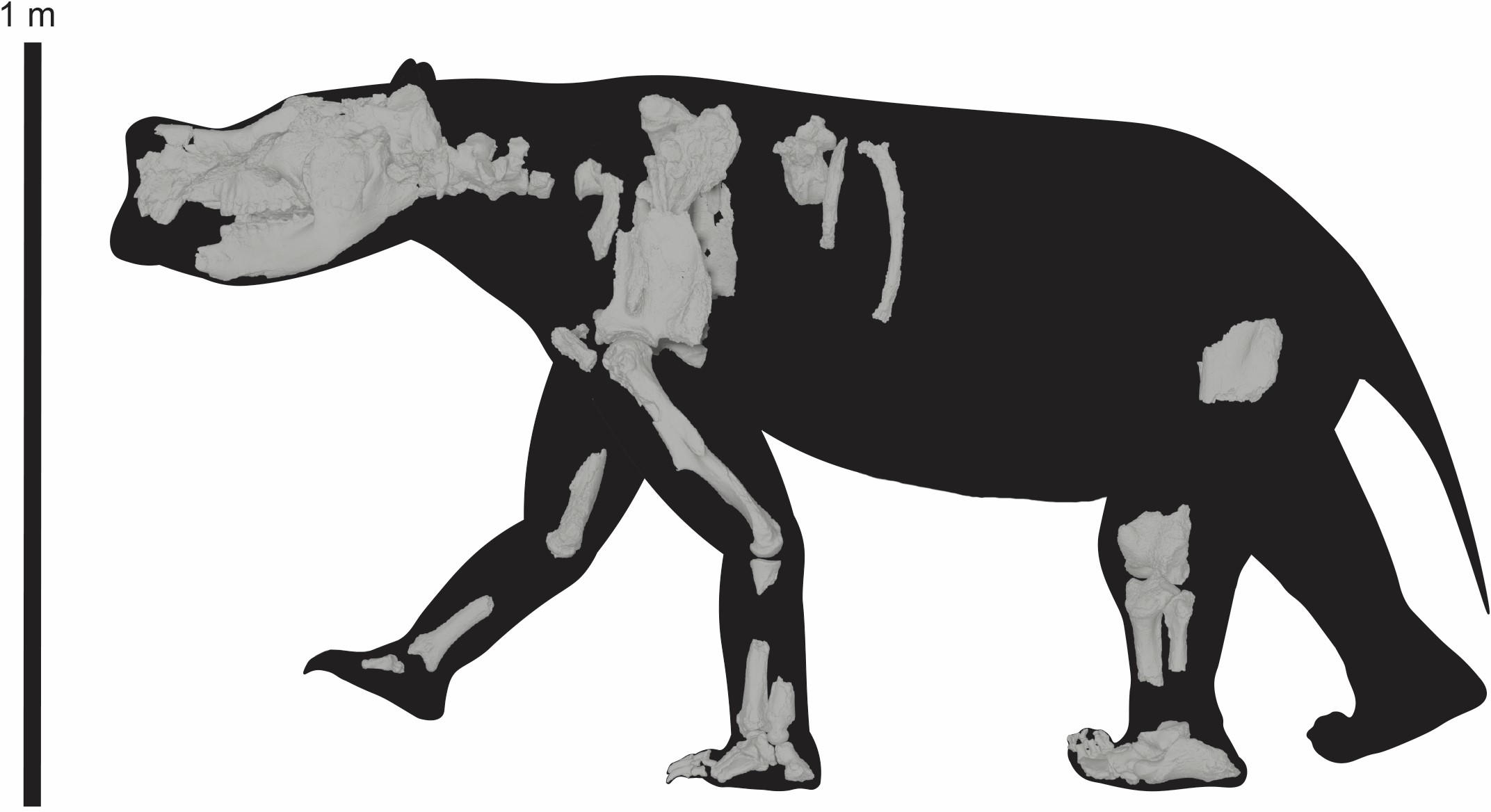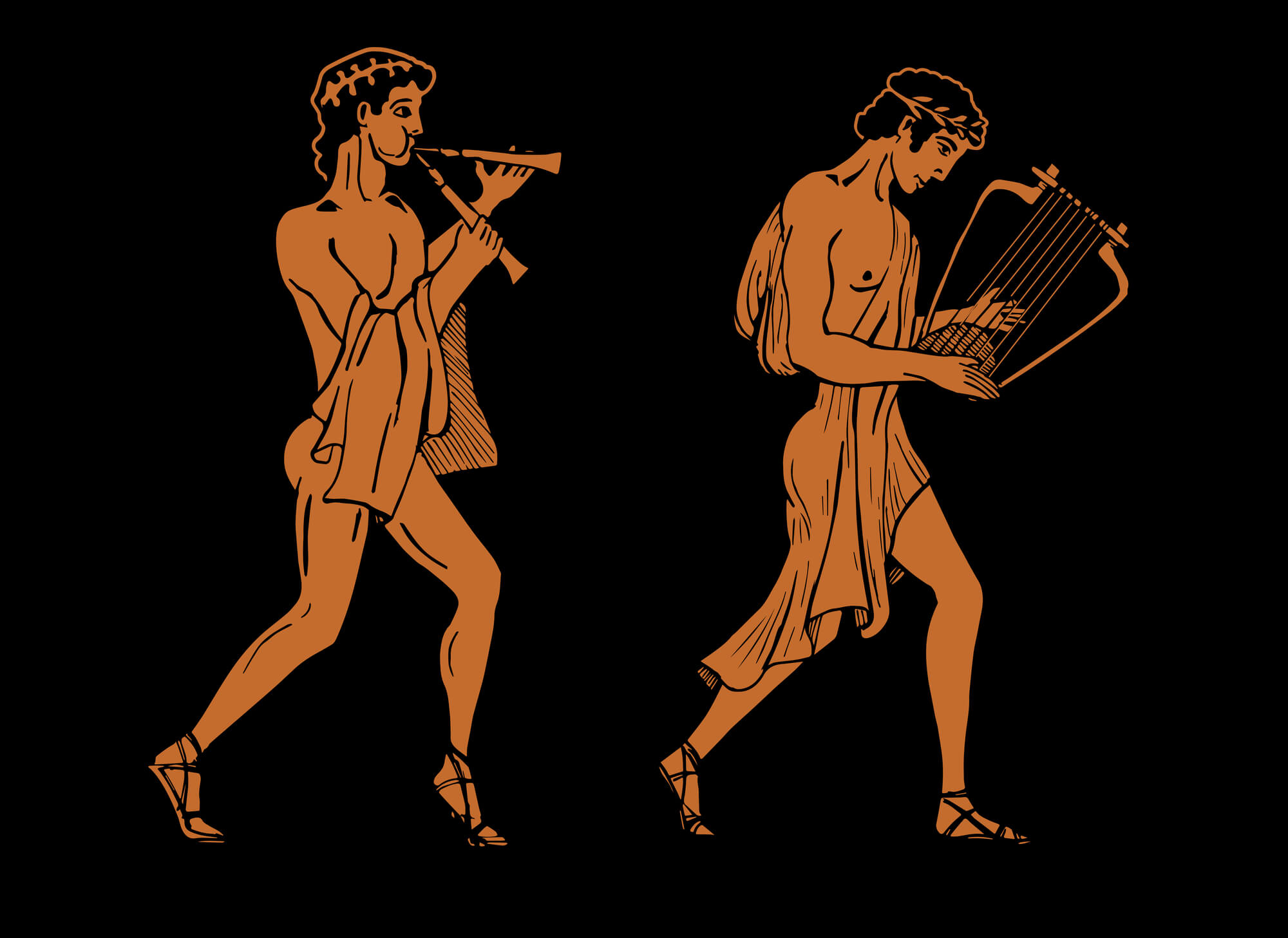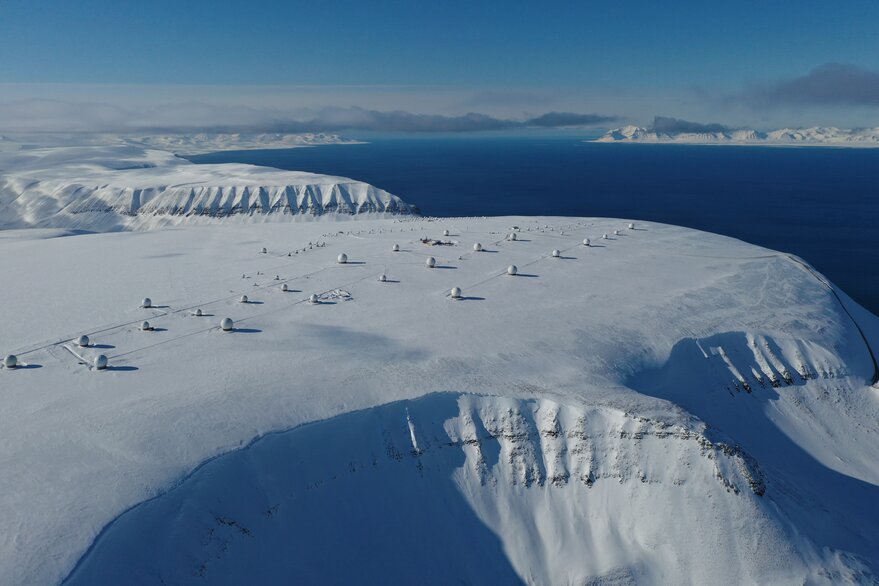Scientists from the Max Planck Institute for the Science of Human History and elsewhere have sequenced and analyzed the genomes of 82 individuals that lived between 800 BCE and 1000 CE in Etruria and southern Italy.
Etruscan dancers and musicians in the Tomb of the Leopards in Tarquinia, Italy. Image credit: Yann Forget.
The Etruscan civilization occupied a large area of central Italy during the Iron Age, including the modern-day regions of Tuscany, Lazio, and Umbria.
This culture is renowned for its outstanding skills in metallurgy, its sophisticated cultural representations, and its extinct language, a non-Indo-European language not yet fully understood.
Given the peculiarities distinguishing the Etruscan culture from its contemporary neighbors, the geographical origins of populations associated with the Etruscan civilization have long been a topic of intense debate as far back as ancient times with two main competing hypotheses.
The first proposes an Anatolian-Aegean origin as indicated by the ancient Greek writers Herodotus and Hellanicus of Lesbos.
This hypothesis is supported by the presence of Ancient Greek cultural elements in Etruria during the so-called Orientalizing period, between the 8th and 6th century BCE.
The second advocates for an autochthonous development as described in the 1st century BCE by the historian Dionysius of Halicarnassus. According to this hypothesis, the Etruscan population originated locally from people associated with the Bronze Age Villanovan culture around 900 BCE.
“While the current consensus among archeologists favors the latter hypothesis, the persistence of a probable non-Indo-European language isolate surrounded by Italic Indo-European-speaking groups is an intriguing and still unexplained phenomenon that requires further archeological, historical linguistic, and genetic investigations,” said study’s senior author Dr. Johannes Krause, director of the Max Planck Institute for Evolutionary Anthropology, and colleagues.
For the study, the authors extracted and analyzed DNA from a set of 82 individuals that were grouped on the basis of their radiocarbon dates and genetic affinities into three time intervals: 48 individuals from 800 to 1 BCE (Iron Age and Roman Republic), 6 individuals from 1 to 500 CE (Imperial period), and 28 individuals from 500 to 1000 CE (12 from central Italy and 16 from southern Italy).
The results of the analysis show that:
(i) individuals associated with the Etruscan culture carried a high proportion of steppe-related ancestry, despite speaking a non-Indo-European language; if the Etruscan language was indeed a relict language that predated Bronze Age expansions, then it would represent one of the rare examples of language continuity despite extensive genetic discontinuity; the steppe-related ancestry in Etruscans may have been mediated by Bronze Age Italic speakers, possibly through a prolonged admixture process resulting in a partial language shift;
(ii) after the Bronze Age admixture, the Etruscan-related gene pool remained generally homogeneous for almost 800 years, notwithstanding the sporadic presence of individuals of likely Near Eastern, northern African, and central European origins;
(iii) eastern Mediterranean ancestries replaced a large portion of the Etruscan-related genetic profile during the Roman Imperial period;
(iv) a substantial genetic input from northern European ancestries was introduced during the Early Middle Ages, possibly through the spread of Germanic tribes into the Italian peninsula;
(v) the genetic makeup of present-day populations from central and southern Italy was mostly in place by the end of the 1st millennium CE.
“Considering that steppe-related groups were likely responsible for the spread of Indo-European languages, now spoken around the world by billions of people, the persistence of a non-Indo-European Etruscan language is an intriguing and still unexplained phenomenon that will require further archaeological, historical, linguistic and genetic investigation,” the researchers said.
“This linguistic persistence, combined with a genetic turnover, challenges simple assumptions that genes equal languages and suggests a more complex scenario that may have involved the assimilation of early Italic speakers by the Etruscan speech community, possibly during a prolonged period of admixture over the 2nd millennium BCE,” added University of Florence’s Professor David Caramelli, senior co-author of the study.
Although more ancient DNA from across Italy is needed to support the team’s conclusions, ancestry shifts in Tuscany and northern Lazio similar to those reported for the city of Rome and its surroundings suggests that historical events during the 1st millennium CE had a major impact on the genetic transformations over much of the Italian peninsula.
“The Roman Empire appears to have left a long-lasting contribution to the genetic profile of southern Europeans, bridging the gap between European and eastern Mediterranean populations on the genetic map of western Eurasia,” said first author Professor Cosimo Posth, a researcher in the Senckenberg Centre for Human Evolution and Palaeoenvironment at the University of Tübingen.
The findings were published in the journal Science Advances.
_____
Cosimo Posth et al. 2021. The origin and legacy of the Etruscans through a 2000-year archeogenomic time transect. Science Advances 7 (39); doi: 10.1126/sciadv.abi7673
Note: This article have been indexed to our site. We do not claim legitimacy, ownership or copyright of any of the content above. To see the article at original source Click Here














